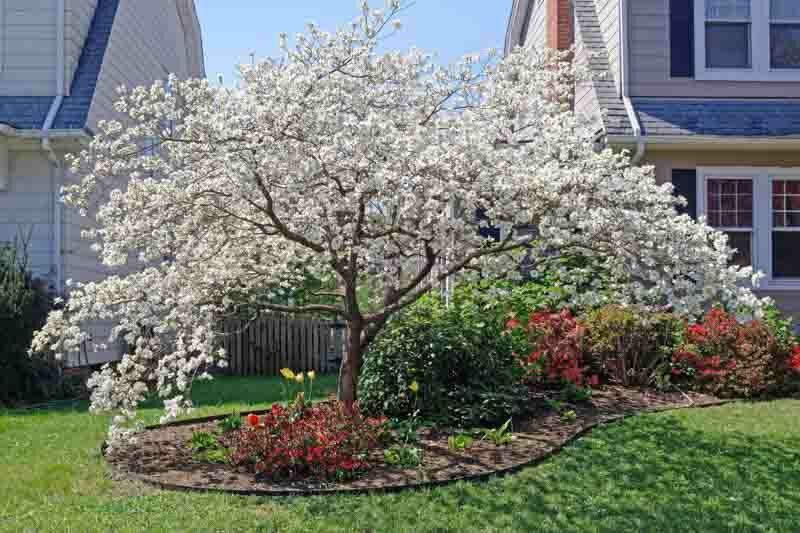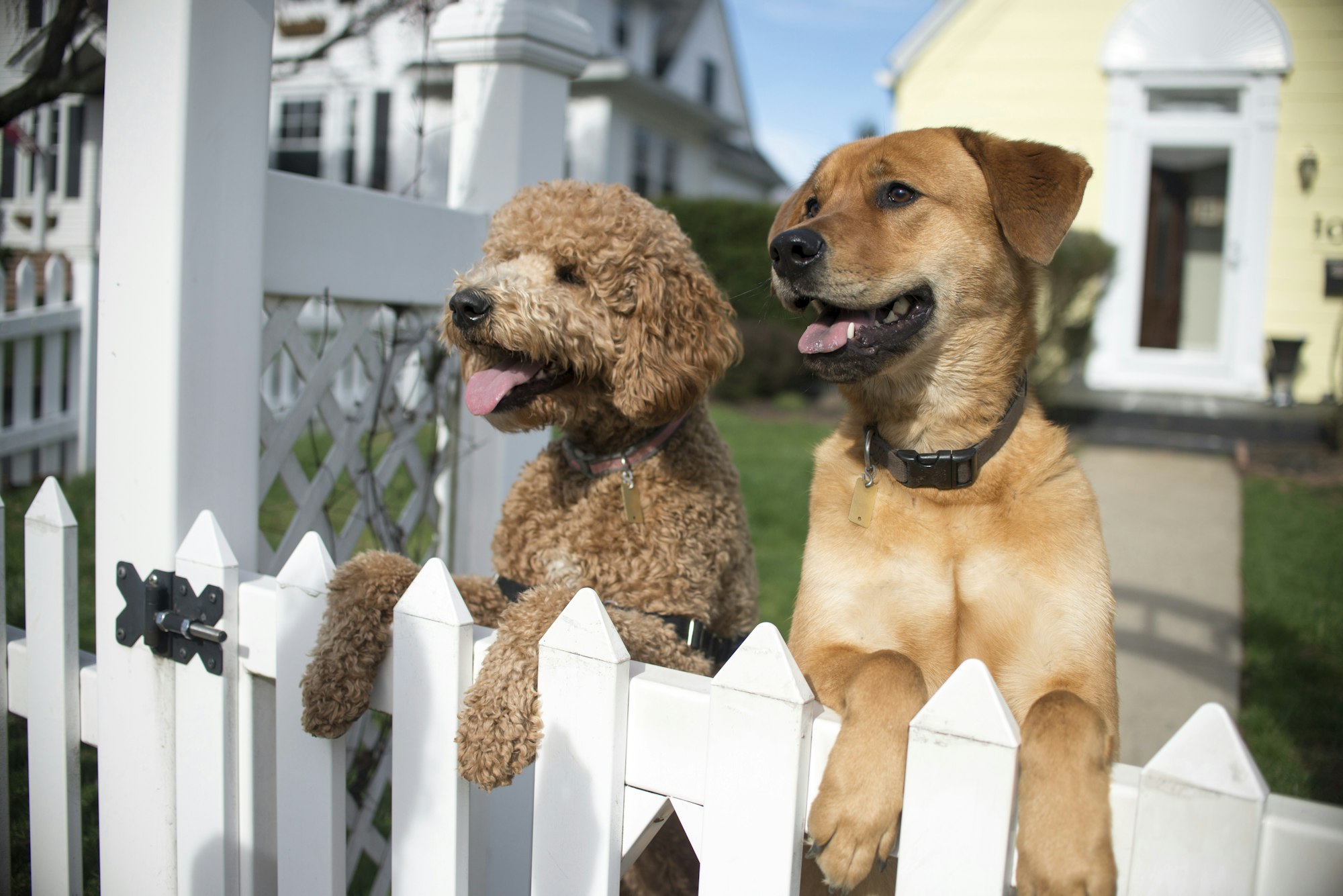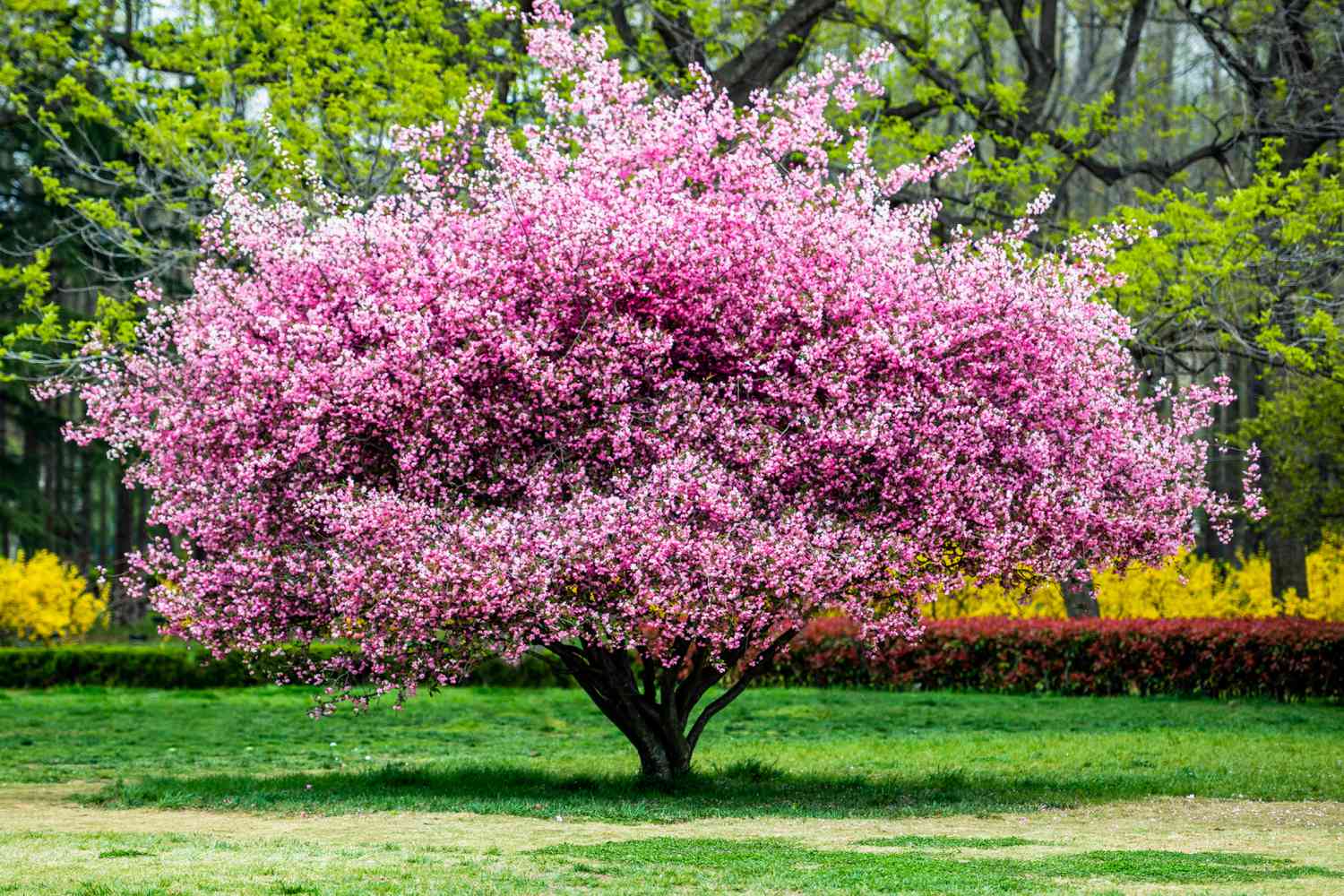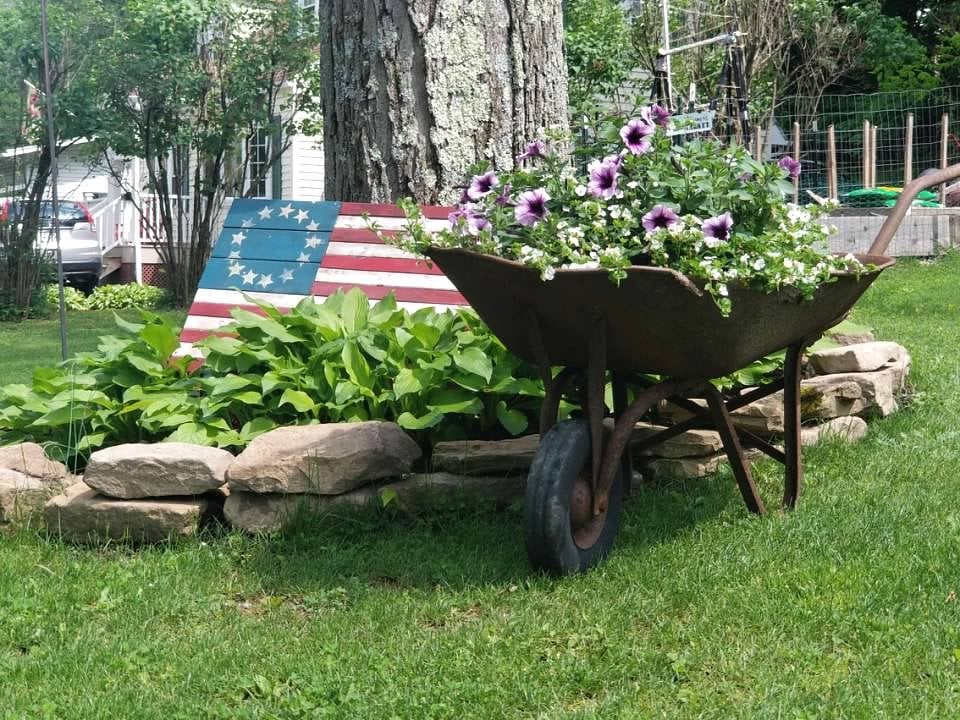Dogwoods are popular for their stunning blooms and vibrant fall colors. There are 11 types of dogwood trees and shrubs.
Dogwoods, belonging to the Cornus genus, are versatile and visually striking. These trees and shrubs thrive in various climates and soil types. Gardeners appreciate their beautiful flowers, attractive foliage, and vibrant berries. Dogwoods range in size, from small shrubs to medium-sized trees, making them suitable for different landscape needs.
They offer year-round interest, with spring blooms, summer greenery, fall colors, and winter bark. Some popular types include the flowering dogwood, kousa dogwood, and red twig dogwood. Each type has unique characteristics, adding diversity to any garden. Planting dogwoods enhances curb appeal and supports local wildlife.
Introduction To Dogwood Trees
Dogwood trees are known for their stunning blooms and vibrant foliage. They add beauty to gardens and landscapes. These trees are not just beautiful but also versatile.
History And Origin
Dogwood trees have a rich history that dates back centuries. They are native to Europe, Asia, and North America. The name “dogwood” comes from the Old English word “dagwood,” used to describe the tree’s hard wood.
Historically, the wood was used to make tools and weapons. The trees also hold cultural significance in many regions. For example, in the United States, the dogwood is the state tree of Virginia.
General Characteristics
Dogwood trees are known for their distinctive features. They have unique flowers that can be white, pink, or red. The leaves are usually green and turn vibrant colors in the fall.
These trees typically grow to a height of 20 to 30 feet. They prefer well-drained soil and partial shade. Dogwoods are also known for their horizontal branching patterns.
| Feature | Description |
|---|---|
| Flowers | White, pink, or red |
| Leaves | Green, turning vibrant in fall |
| Height | 20-30 feet |
| Soil | Well-drained |
| Light | Partial shade |
Dogwood trees are a favorite among gardeners. They are easy to care for and offer year-round beauty. Whether in spring with their blooms or fall with their colorful leaves, dogwoods never disappoint.
Flowering Dogwood
The Flowering Dogwood is one of the most cherished types of dogwood trees. Its stunning blooms and vibrant colors make it a favorite in many gardens. Let’s explore its appearance and ideal growing conditions.
Appearance
The Flowering Dogwood boasts beautiful white or pink flowers. These blooms cover the tree in spring. Each flower has four petal-like bracts surrounding a small cluster of yellowish-green flowers. In the fall, the leaves turn a rich red or purple.
This tree can grow up to 20-30 feet tall. It has a broad, rounded shape. The bark is gray and smooth when young, developing a scaly texture as it ages. Red berries appear in late summer, attracting birds.
Ideal Growing Conditions
The Flowering Dogwood thrives in well-drained, acidic soil. It prefers partial shade but can tolerate full sun with adequate moisture. Ensure the soil remains moist but not waterlogged.
Planting in a location protected from strong winds helps the tree flourish. The tree is hardy in USDA zones 5-9. Regular watering and mulching can keep the roots cool and moist.
| Aspect | Details |
|---|---|
| Soil | Well-drained, acidic |
| Light | Partial shade to full sun |
| Water | Moist, not waterlogged |
| USDA Zones | 5-9 |
The Flowering Dogwood is a magnificent addition to any garden. Its beautiful flowers, vibrant fall colors, and attractive berries make it a standout choice.
Pacific Dogwood
The Pacific Dogwood is a stunning native tree of North America. Known scientifically as Cornus nuttallii, it offers year-round beauty. In spring, it blooms with large, white flowers. In fall, its leaves turn vibrant shades of red and orange. It’s a favorite among gardeners for its aesthetic appeal and ecological benefits.
Distinctive Features
The Pacific Dogwood has several unique features:
- Large, showy white flowers appear in spring.
- Leaves turn red and orange in fall.
- Produces bright red berries that attract birds.
- Bark is smooth and gray, adding winter interest.
- Can grow up to 60 feet tall.
Care Tips
Taking care of a Pacific Dogwood involves:
- Soil: Prefers well-drained, acidic soil.
- Watering: Keep soil moist but not waterlogged.
- Sunlight: Thrives in partial shade to full sun.
- Pruning: Prune in late winter to early spring.
- Fertilizing: Use a balanced fertilizer in early spring.
By following these tips, your Pacific Dogwood will thrive and bring joy year-round.
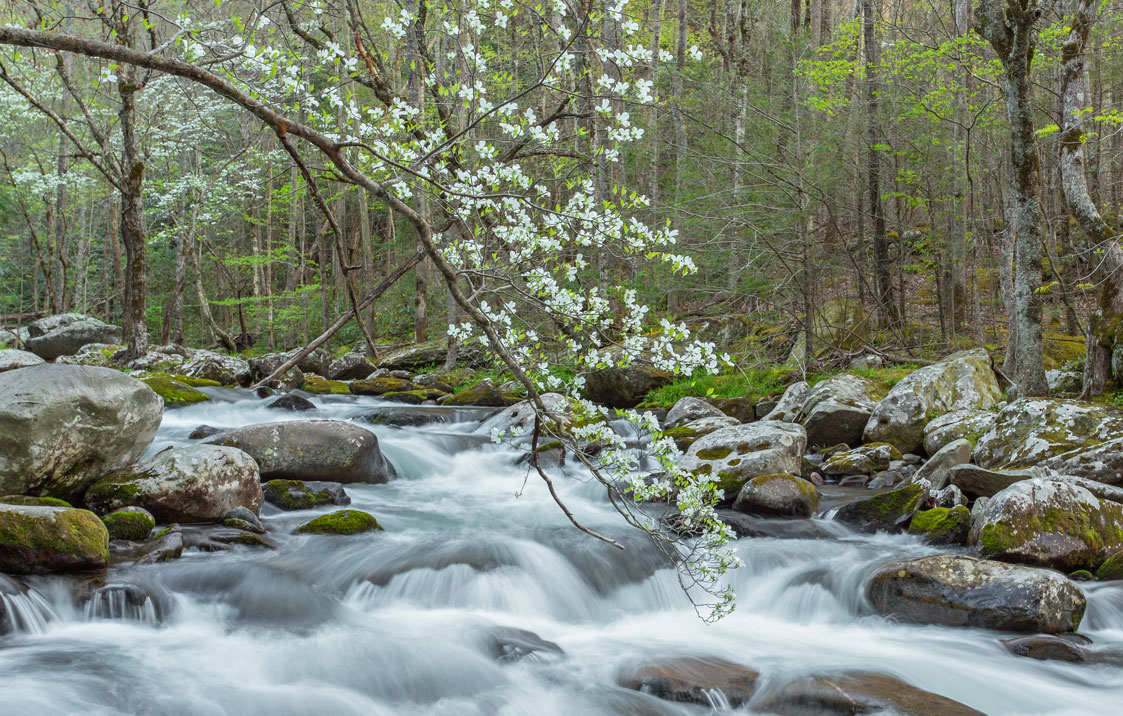
Credit: smokieslife.org
Kousa Dogwood
The Kousa Dogwood is a stunning ornamental tree that blooms beautifully. It originates from Japan and Korea, offering year-round visual interest. This tree is also known for its resistance to disease and pests.
Unique Traits
The Kousa Dogwood boasts distinctive features that make it stand out. It has unique star-shaped white flowers that bloom in late spring. The tree produces raspberry-like red fruits in late summer, which are edible. The leaves turn a vibrant red or purple in fall, adding seasonal color. This tree also has attractive exfoliating bark that provides winter interest.
Planting Guidelines
Planting the Kousa Dogwood is straightforward if done correctly. Follow these guidelines for optimal growth:
- Soil: Prefers well-drained, acidic to neutral soil.
- Light: Requires full sun to partial shade.
- Water: Needs regular watering, especially during dry periods.
- Spacing: Space trees 15-20 feet apart for proper growth.
- Planting Time: Best planted in early spring or fall.
Use these steps to plant your Kousa Dogwood:
- Dig a hole twice the width of the root ball.
- Place the tree in the hole, ensuring the root flare is visible.
- Backfill with soil and water thoroughly.
- Apply mulch to retain moisture and prevent weeds.
Following these planting guidelines will help your Kousa Dogwood thrive.
Red Twig Dogwood
The Red Twig Dogwood is a standout in any garden. Known for its vibrant red branches, it brings color even in winter. This shrub is perfect for adding visual interest to your landscape.
Visual Appeal
The Red Twig Dogwood shines with its vivid red branches. These branches stand out during the cold months. In spring, it blooms with white flowers. During summer, it has lush green leaves. In fall, the leaves turn a stunning red or purple.
Here’s a quick summary of its seasonal appeal:
| Season | Visual Feature |
|---|---|
| Winter | Bright red branches |
| Spring | White flowers |
| Summer | Green leaves |
| Fall | Red or purple leaves |
Maintenance
Maintaining a Red Twig Dogwood is simple. It thrives in moist, well-drained soil. It prefers full sun to partial shade. Prune it in late winter or early spring. This helps the plant stay healthy and vibrant.
Here are some quick tips for care:
- Water regularly, especially in dry periods.
- Apply mulch to retain moisture.
- Fertilize in early spring for best growth.
- Prune old stems for brighter new growth.
The Red Twig Dogwood is also pest-resistant. This makes it a low-maintenance choice for any garden.
Pagoda Dogwood
The Pagoda Dogwood (Cornus alternifolia) is a stunning tree known for its unique tiered branching structure. This tree adds elegance to any garden or landscape. Its horizontal branches resemble the layers of a pagoda, giving it its name.
Growth Pattern
The Pagoda Dogwood has a distinctive growth pattern. It usually grows 15 to 25 feet tall. The branches spread horizontally, creating a tiered appearance. Each tier is covered with dark green leaves in summer. In spring, clusters of white flowers bloom at the branch tips. By fall, the tree produces blue-black berries, attracting birds.
Habitat
The Pagoda Dogwood thrives in partial shade. It prefers well-drained, acidic soil. It is commonly found in woodlands and along forest edges. This tree is native to eastern North America. It can tolerate a range of soil types, including clay and loam.
| Feature | Details |
|---|---|
| Height | 15-25 feet |
| Width | 20-32 feet |
| Soil | Well-drained, acidic |
| Sunlight | Partial shade |
Cornelian Cherry Dogwood
The Cornelian Cherry Dogwood (Cornus mas) is a versatile and attractive tree. It is known for its bright yellow flowers and vibrant red fruits. This tree is a standout in any garden or landscape.
Fruit Production
The Cornelian Cherry Dogwood is famous for its fruit production. The small, cherry-like fruits are bright red and ripen in late summer. These fruits are not just decorative; they are also edible and quite tasty.
Here are some key points about its fruit:
- Fruits are rich in vitamin C.
- They can be eaten fresh or made into jams.
- Birds and wildlife love these fruits.
Cultivation
Growing a Cornelian Cherry Dogwood is easy. This tree is hardy and adaptable. It can thrive in various conditions, making it a favorite for many gardeners.
Consider these tips for successful cultivation:
| Aspect | Details |
|---|---|
| Soil | Well-drained, fertile soil |
| Sunlight | Full sun to partial shade |
| Watering | Regular, especially in dry periods |
| Pruning | Minimal, mainly to shape |
Here is a simple care guide:
- Plant in early spring or fall.
- Water deeply once a week.
- Mulch around the base to retain moisture.
- Fertilize annually with a balanced fertilizer.
Gray Dogwood
The Gray Dogwood is a versatile and hardy shrub. It is native to North America and adds beauty to landscapes. This shrub is known for its resilience and adaptability.
Foliage And Flowers
The leaves of the Gray Dogwood are dark green and oval-shaped. They turn a stunning reddish-purple in autumn. This color change provides a vibrant seasonal display.
In spring, clusters of small white flowers bloom. These flowers attract pollinators like bees and butterflies. The flowers give way to white berries that birds love.
Environmental Preferences
The Gray Dogwood thrives in various soil types. It prefers moist, well-drained soil but can tolerate dry conditions. It can grow in both sun and partial shade.
This shrub is resistant to many pests and diseases. It is a low-maintenance plant that suits many landscapes. It is ideal for naturalized areas and wildlife gardens.
Giant Dogwood
Dogwood trees add beauty to any garden. One standout is the Giant Dogwood. This tree is known for its impressive size and striking appearance.
Size And Structure
The Giant Dogwood can grow up to 40 feet tall. Its wide canopy can spread up to 25 feet. The tree has sturdy branches that form a rounded shape. The leaves are large and oval-shaped, providing dense shade. Its bark is smooth and light gray, adding visual interest.
| Feature | Description |
|---|---|
| Height | Up to 40 feet |
| Canopy Width | Up to 25 feet |
| Leaf Shape | Oval |
| Bark Color | Light Gray |
Nurturing Needs
The Giant Dogwood thrives in well-drained soil. It prefers full sun to partial shade. Regular watering helps it grow strong and healthy. Mulch around the base to retain moisture. Prune in late winter to maintain shape and remove dead branches. Fertilize in early spring for best results.
- Well-drained soil
- Full sun to partial shade
- Regular watering
- Mulch to retain moisture
- Pruning in late winter
- Fertilize in early spring
The Giant Dogwood is a stunning addition to any garden. Its size and beauty make it a focal point in any landscape.

Credit: www.wilsonbrosgardens.com
Bunchberry Dogwood
The Bunchberry Dogwood is a delightful ground cover plant. It showcases small white flowers and bright red berries. This low-growing dogwood is perfect for shaded gardens and woodland areas.
Ground Cover Benefits
The Bunchberry Dogwood offers excellent ground cover. It spreads quickly, forming a dense mat. This helps to prevent soil erosion. It also suppresses weeds effectively. The plant’s lush green leaves turn red in fall, adding seasonal interest.
- Prevents soil erosion
- Suppresses weeds
- Provides seasonal color
Care Requirements
Caring for Bunchberry Dogwood is easy. It thrives in cool, moist, and well-drained soils. The plant prefers partial to full shade. It needs regular watering, especially during dry spells.
| Care Aspect | Details |
|---|---|
| Soil | Cool, moist, well-drained |
| Light | Partial to full shade |
| Watering | Regular, especially in dry spells |
Mulching helps retain moisture and maintain cool soil. This plant is mostly pest-free. Occasional fertilization boosts growth and health.
- Mulch to retain moisture
- Fertilize occasionally
- Mostly pest-free
Stiff Dogwood
Dogwood trees and shrubs are beloved for their beauty and versatility. One of the standout varieties is the Stiff Dogwood (Cornus foemina). This type of dogwood is known for its resilience and striking appearance.
Identification
The Stiff Dogwood can be easily identified by its unique features:
- Leaves: Oval, dark green, and glossy.
- Bark: Smooth and gray with occasional white patches.
- Flowers: Small, white, and clustered in flat-topped groups.
- Fruit: Blue-black drupes that attract birds.
This dogwood variety typically grows as a shrub or small tree. It reaches heights of 6 to 15 feet.
Growth Environment
The Stiff Dogwood thrives in specific conditions:
| Factor | Optimal Condition |
|---|---|
| Soil | Moist, well-drained soil, rich in organic matter |
| Sunlight | Full sun to partial shade |
| Watering | Regular watering, especially in dry periods |
| Hardiness | Zones 4 to 9 |
This shrub adapts well to various soil types. It is often found in wetlands and along streams. It provides excellent erosion control and habitat for wildlife.

Credit: www.seattlejapanesegarden.org
Frequently Asked Questions
What Are The Types Of Dogwood Trees?
There are many types of dogwood trees, including Flowering Dogwood, Kousa Dogwood, and Cornelian Cherry Dogwood. Each variety has unique features and benefits for your garden.
How To Care For Dogwood Trees?
Dogwood trees need well-drained soil, partial shade, and regular watering. Mulch can help retain moisture and protect the roots.
When Do Dogwood Trees Bloom?
Dogwood trees typically bloom in spring. Flowering varieties produce beautiful blossoms, usually between April and June, depending on the species and climate.
Are Dogwood Trees Good For Small Gardens?
Yes, many dogwood trees are compact and suitable for small gardens. They offer stunning blooms and attractive foliage without taking up much space.
Conclusion
Exploring the beauty of dogwood trees and shrubs can enhance any garden. Each type offers unique charm and benefits. Whether you prefer vibrant flowers or striking foliage, there’s a dogwood variety perfect for your landscape. Embrace nature’s splendor by adding one of these stunning trees or shrubs to your outdoor space.


